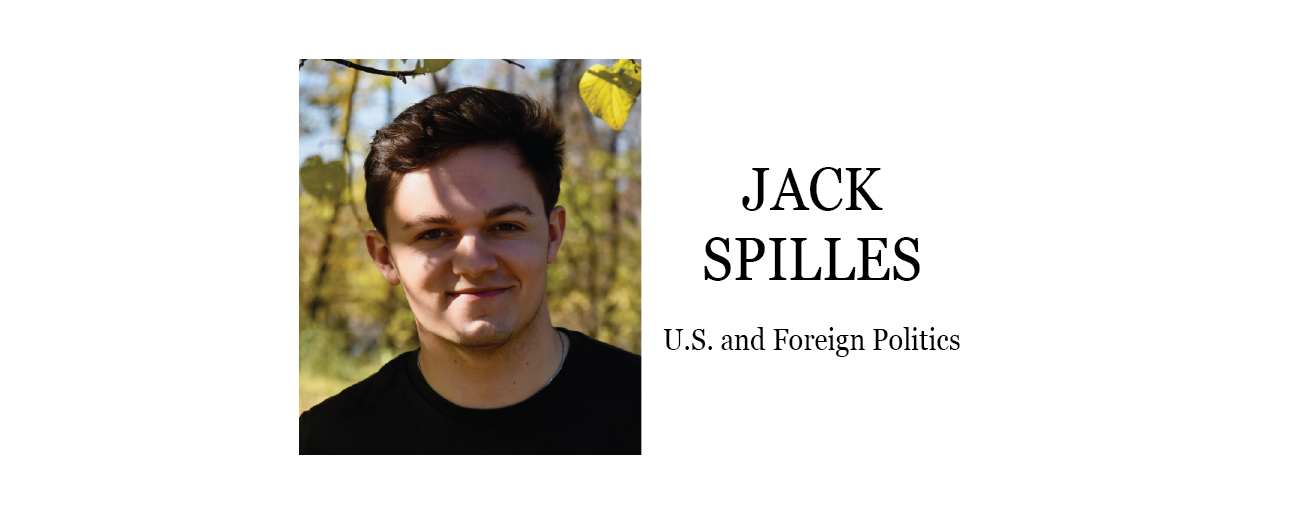On Wednesday, Feb. 2, the U.S. men’s national soccer team played a deeply important World Cup-qualifying game at the Allianz Field complex, a stadium in St. Paul, MN. Such an event should be cause for great celebration, as it’s only the second time that Allianz has hosted the USMNT, but after reading and really absorbing that first sentence again, the excitement might cool down a little (pun intended). The U.S. decided to play a soccer game in an open-air stadium in Minnesota … in February.
Much discussion has been had about the venue choice, among fans and media personalities alike, all of them based around the fact that it is, unequivocally, terrible. The justification that was offered for the selection was that the opponent, Honduras, is a Central American team that is unused to playing in the cold, and the location of the game in Minnesota means that the U.S. team will be assured a majority of fans in the stands, an ongoing debate in the realm of U.S. soccer. However, even as it may be true that the Honduran players are unfamiliar with games in cold weather, temperatures around zero degrees Fahrenheit and wind chill falling between near -10 Fahrenheit means that any potential advantage the U.S. brings into the match is negated by the bone-chilling cold.
Anyone who has played sports in the cold can attest to the fact that it changes the game. The field and ball become much more solid, fatigue sets in quicker as the body uses more energy to keep warm, and muscles are tighter in reaction to the extreme cold. This results in a sloppier style of play and the increased potential for injuries. All of these effects disadvantage the team that relies on their superior technical skill and, after two other games in less than a week, a deeper lineup with better-rested players: the United States.
In choosing a venue like Allianz Field, the decision-makers at the United States Soccer Federation thought that they were pulling one over on Honduras: in the past, the U.S. has struggled when they’ve traveled to Central America and played in levels of heat and humidity unfamiliar to them. All that they’ve done, however, is made a winnable game more difficult for a team that is the youngest in U.S. soccer history, and one of the youngest in the world right now. Not only is it more difficult, but it’s more dangerous, as the potential for muscle injuries is increased, and, at those temperatures, frostbite can affect exposed skin after only eight minutes.
As of this writing, there are no announced plans to move the game from its current location or date, even though there is a suitable domed arena not 15 minutes from Allianz. The temperatures fall within the highest alert level of U.S. Soccer’s own guidelines regarding safe playing conditions: at or near zero degrees Fahrenheit means the activity should be canceled or moved inside. Moving forward, USSF should avoid jeopardizing the safety of players and fans in cold-weather environments, as well as undermining the full ability of the team to compete.

